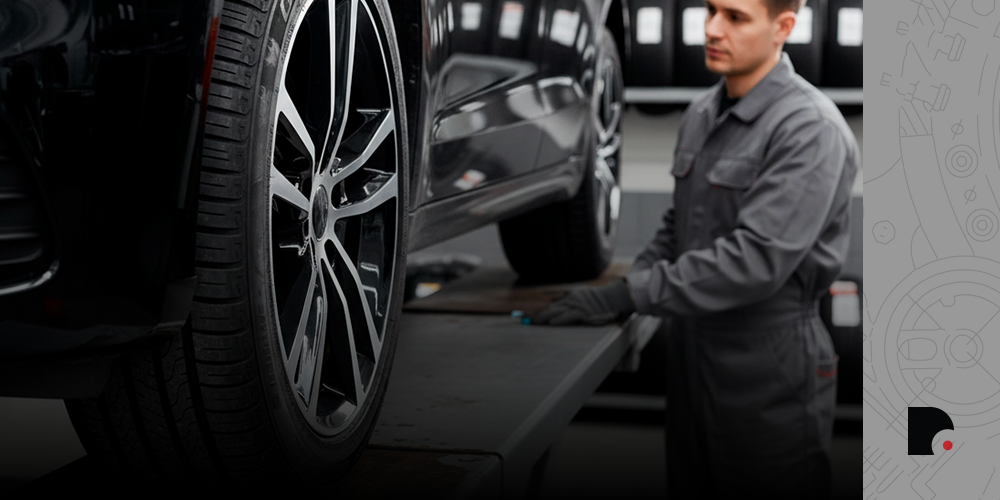When it comes to tires, there’s more fiction than fact rolling around, for real. It’s time to deflate those common beliefs that aren’t just costing you money, but also putting your safety on the road at risk. Knowing the truth will help you make better decisions for your vehicle and your peace of mind.
Myth #1 — All tires work the same in rain
The truth is, tire tread design and compounds are crucial, especially down here in Florida, where the rain is a constant. Not all tires are made to handle the water the same way. Brands like Cosmo, Continental, Toyo, Falken, Hankook, Pirelli, Yokohama, General, Ironman, Zeta, Michelin and Mastercraft offer a variety of pattern designs and technologies that improve wet grip, providing more safety and control. Choosing the right tire for rainy conditions is fundamental to avoid scares and keep you safe, you feel me?
Myth #2 — Bigger tires = better performance
While bigger tires might look good, they don’t always mean better performance. In fact, the wrong size can negatively affect your fuel economy, handling and vehicle safety. The key isn't in the size, but in the right fit. A tire that’s not right for your car can mess with your speedometer, cause uneven wear and compromise stability. It's always best to check your vehicle's specs to ensure the optimal tire size and type. Or in case you have further doubts, you can contact our tire specialists that will gladly help you.
Myth #3 — Tire rotation sn’t necessary
False! Tire rotation is an essential maintenance practice that significantly extends their lifespan and prevents uneven wear. By rotating your tires regularly, you distribute the wear more evenly among all four of them, which not only saves you money in the long run by not having to replace them as often, but also improves your vehicle's overall performance and safety. It’s a small investment of time that pays off big.
Myth #4 — You only need to replace one tire
Replacing just one tire when the others are worn out can be dangerous. Uneven wear creates an imbalance that affects vehicle stability and handling, especially when braking or cornering. Ideally, you should replace at least two tires at the same time, preferably those on the same axle, to maintain proper balance and ensure maximum safety. If all four tires are heavily worn, the safest bet is to replace them all.
Skip the myths and trust the facts when it comes to your tires.
Understanding how they work and how to properly care for them is key for your safety and to save some cash. At Dante Tires, we’re here to help you find the perfect match for your car—delivered fast and backed by trust.



